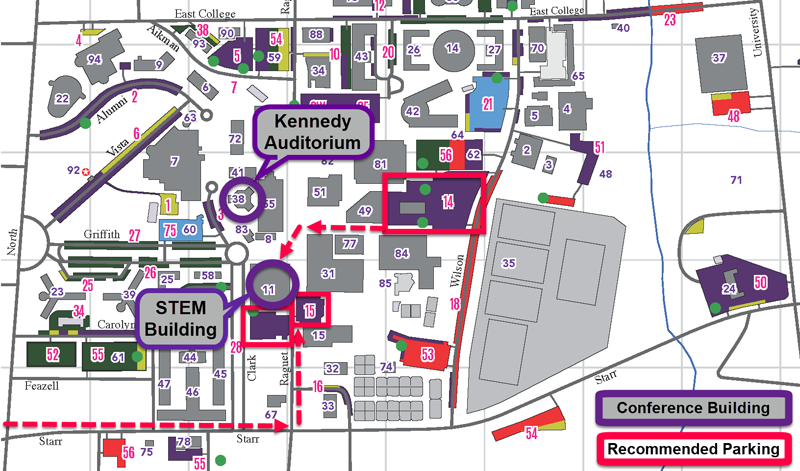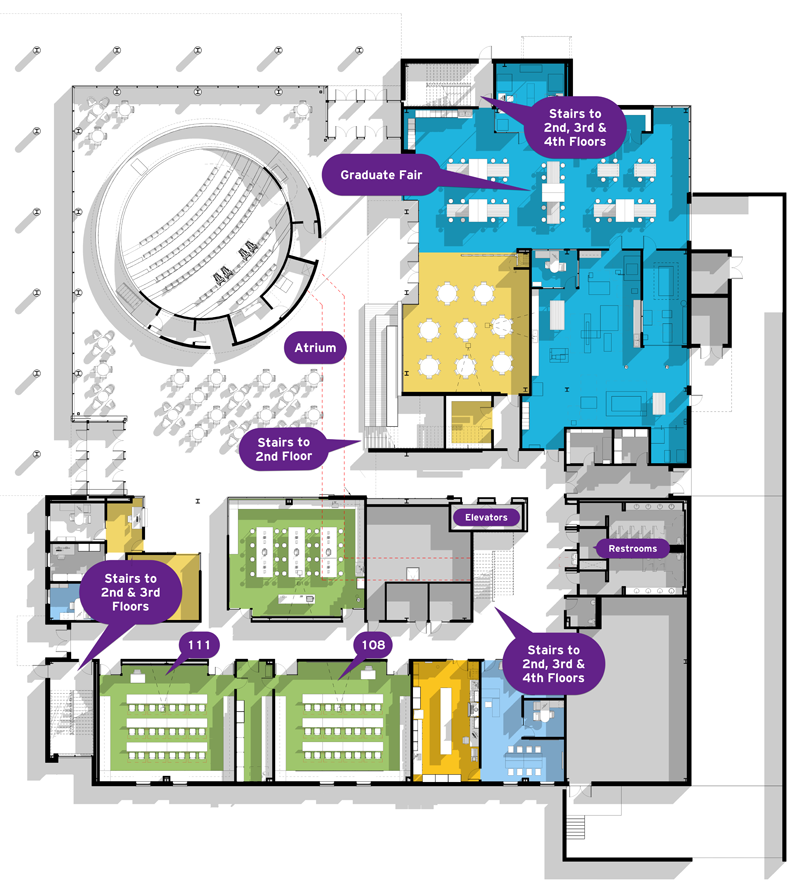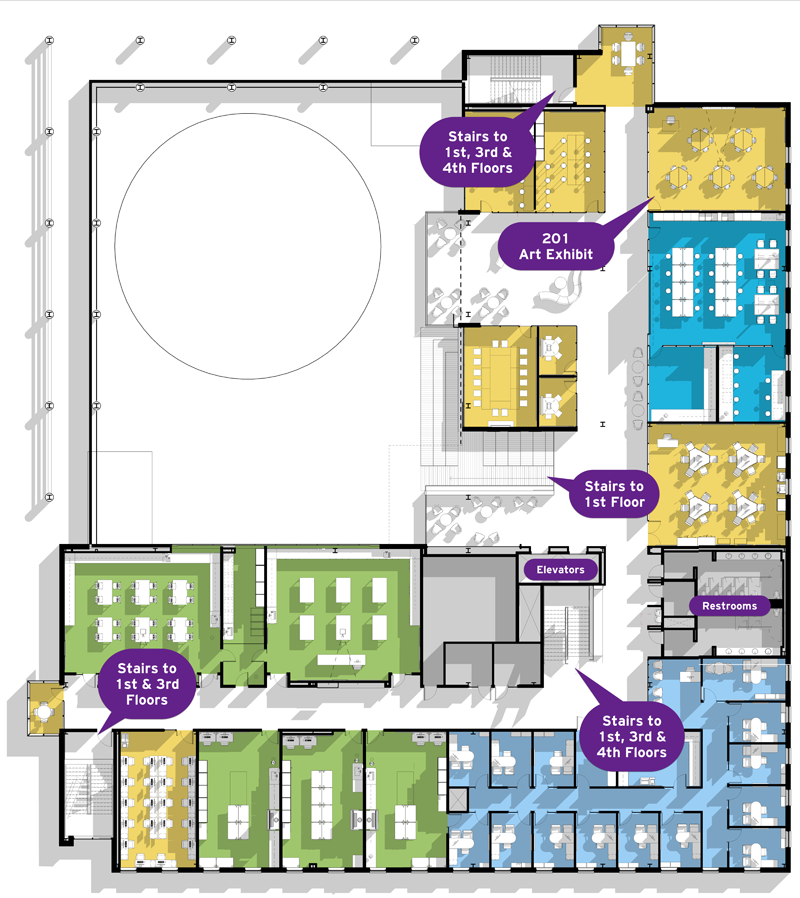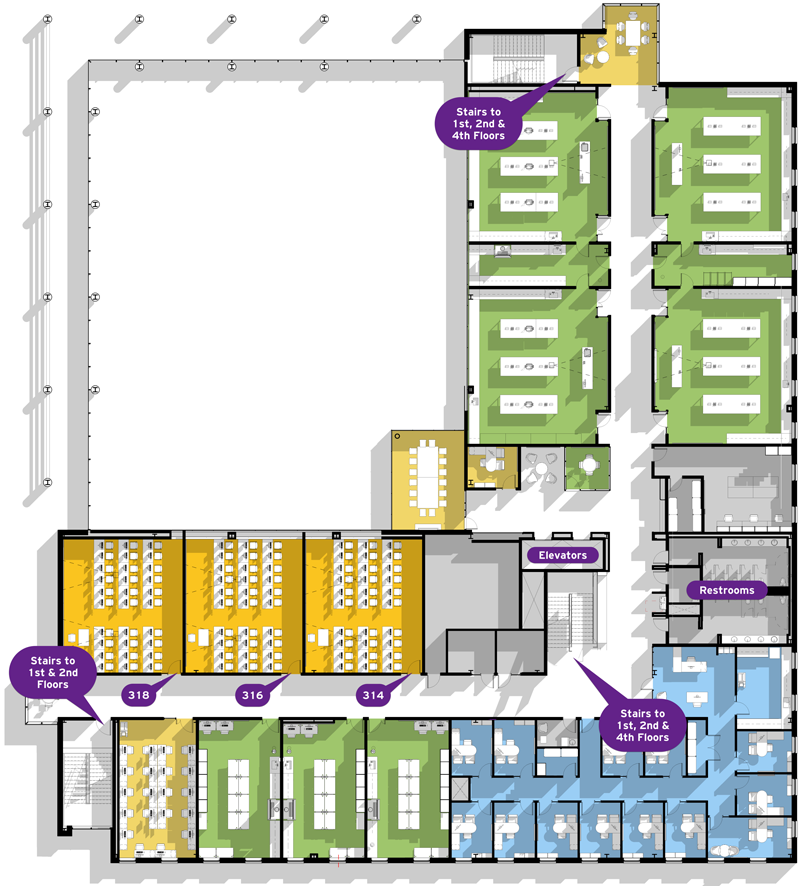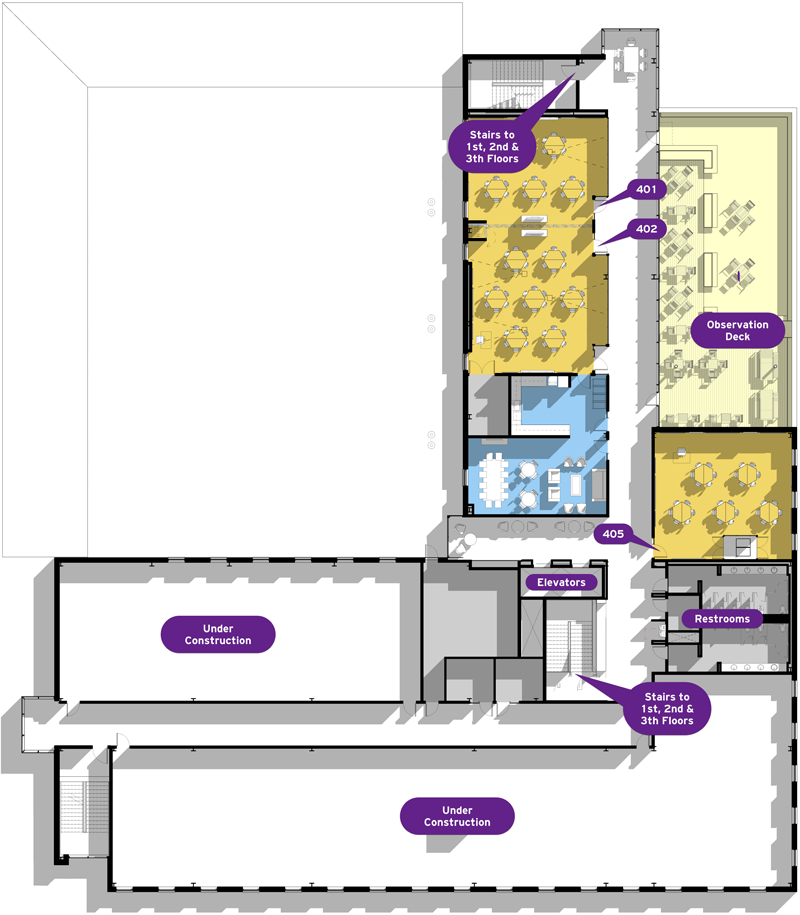Clostridium difficile infection (CDI) poses a serious health threat for hospitalized patients. For an example in 2015 there were approximately 500,000 infections and 29,000 deaths in the United States. Individual risk factors include advanced age, prolonged antibiotic use, and severe illness. Environmental risk factors of CDI include bathroom sharing with infected patients, patient transfers, and seasonal trends. Despite several clinical trials testing various strategies for reducing CDI rates, most have been unsuccessful or provided short-term success. So, what we aim to do is effectively choose hospitals within a region to include in a clinical study with the goal of maximizing the reduction of CDI cases for a fixed treatment efficacy rate. To achieve this we used a linear mixed effects model to predict CDI rates 24 months out. Using this prediction model, we test various selection strategies such as targeting hospitals with high CDI rates, larger proportions of patients over 65, and high levels of centrality within the hospital network. Then using the selection methods we simulated interventions to determine which selection strategy resulted in the maximum reduction of CDI cases over 24 months. This work was done in correlation with the University of Iowa Department of Biostatistics through a program called ISIB, which was funded by National Heart, Lung, and Blood Institute.



